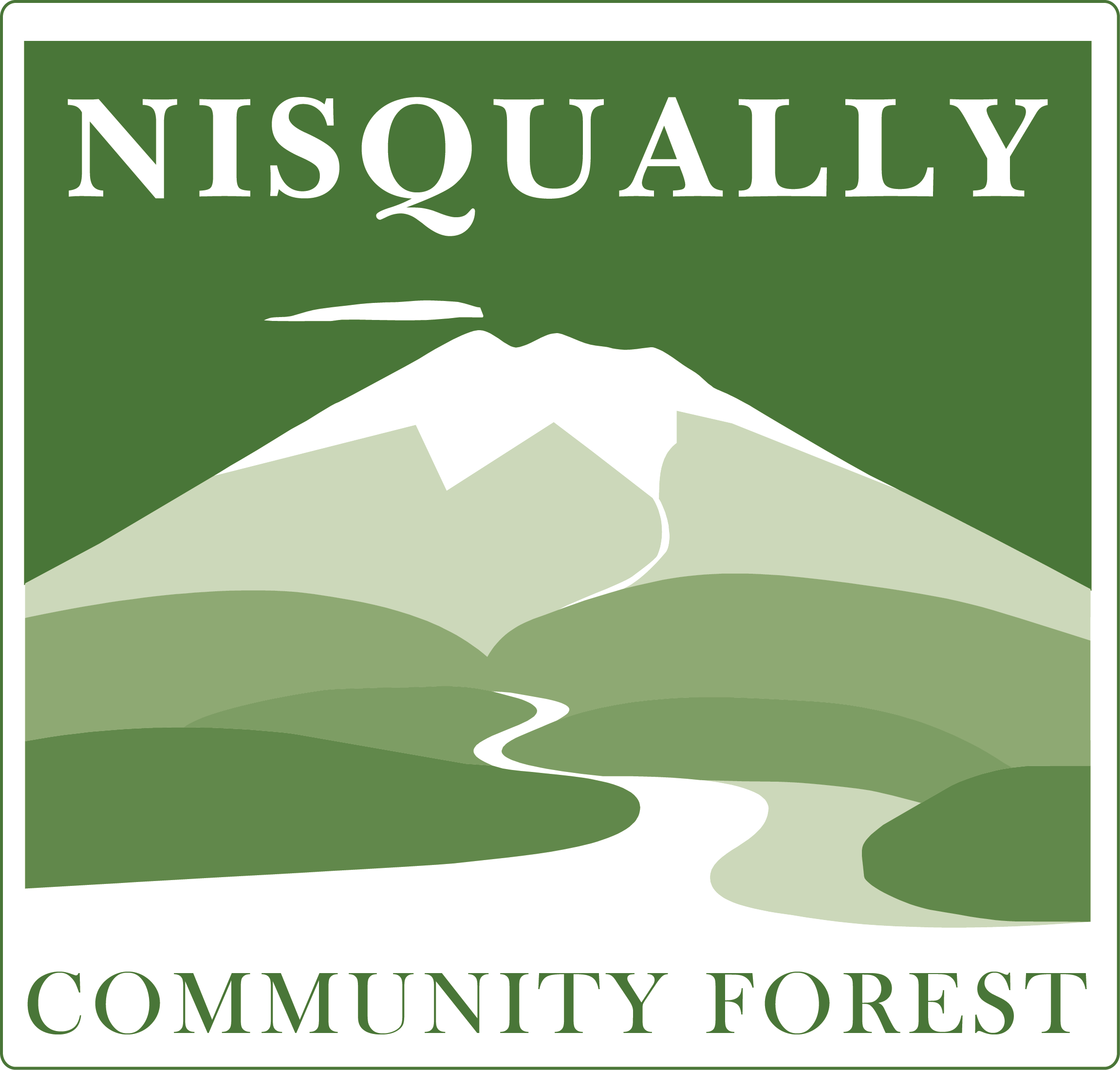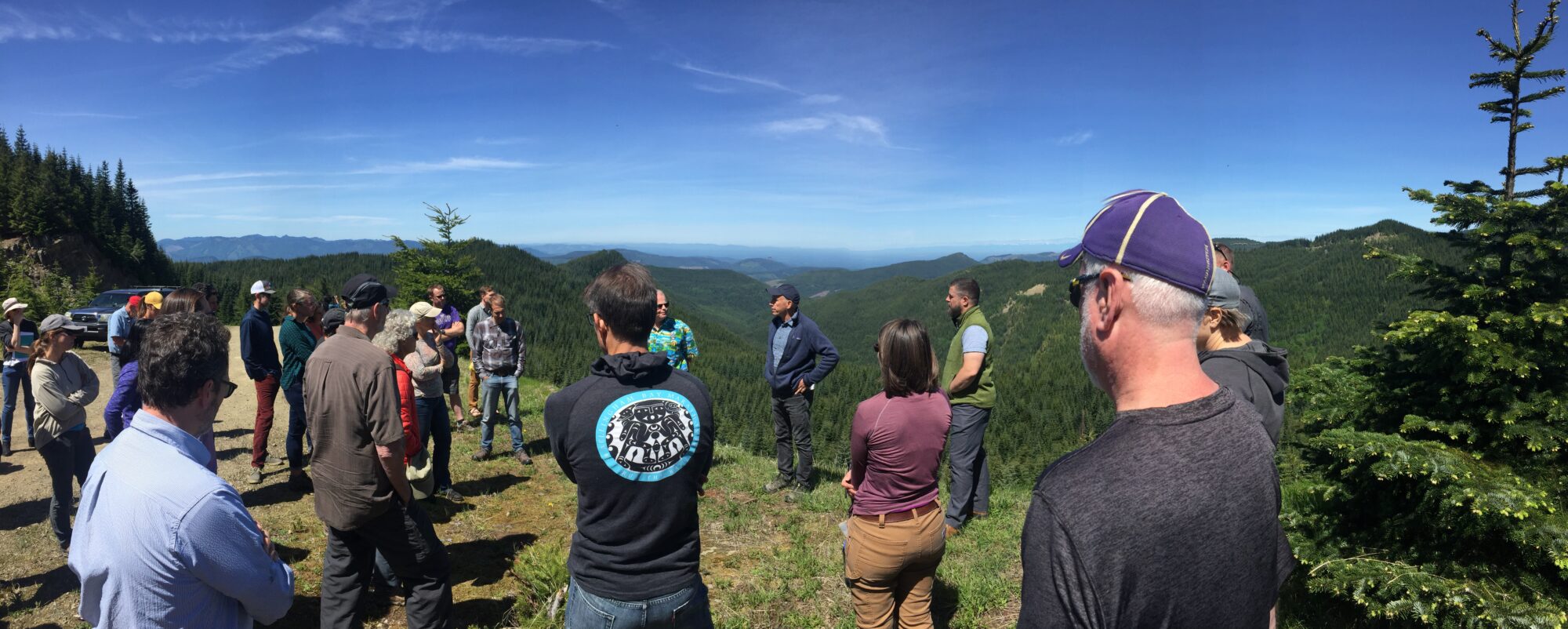Frequently Asked Questions
What is a Community Forest?
Broadly, a community forest is an economically self-sustaining forest – a “working” forest – owned and managed by a local community to provide a suite of benefits, such as forestry, tourism, and recreation jobs and environmental benefits such as clean water and protected wildlife habitat. Put another way, community forestry is a non-regulatory, market-based approach to furthering watershed ownership of watershed resources.
Why a Community Forest in Nisqually?
The Nisqually River Watershed is home to some of the best timber-growing land in the country. Over 100,000 acres – or nearly 25 percent of the watershed’s land mass – are in privately held commercial timberlands. They enjoy excellent growing conditions, extremely low tax rates, and direct access to regional mills and Asian ports. For more than a century, investors from across the country and around the world have been buying up and cutting down Nisqually forests, and profiting immensely. But until recently, none of these investors included the Nisqually Watershed community itself.
In 2010, a diverse group of Nisqually stakeholders came together to develop a shared vision for the future of commercial forestry in the watershed – a future built around local ownership and management. In doing so, they stumbled across an idea that was centuries old on the East Coast but brand new to the Pacific Northwest: Community forestry.
Where is the Nisqually Community Forest?
In 2020, through the Nisqually Land Trust, we acquired 1,920 acres of industrial timberlands along Busy Wild Creek, the headwaters of the Mashel River, which is the primary tributary to the Nisqually River. Among its many attributes, Busy Wild Creek contains miles of critical habitat for threatened Chinook salmon and steelhead trout. In 2021 we added an additional 960 acres along the Busy Wild, and the Nisqually Indian Tribe acquired an adjoining 1,240 acres. All of it will be managed as part of the Nisqually Community Forest – all told, at 4,120 acres, now the largest nonprofit community forest in the Pacific Northwest.

